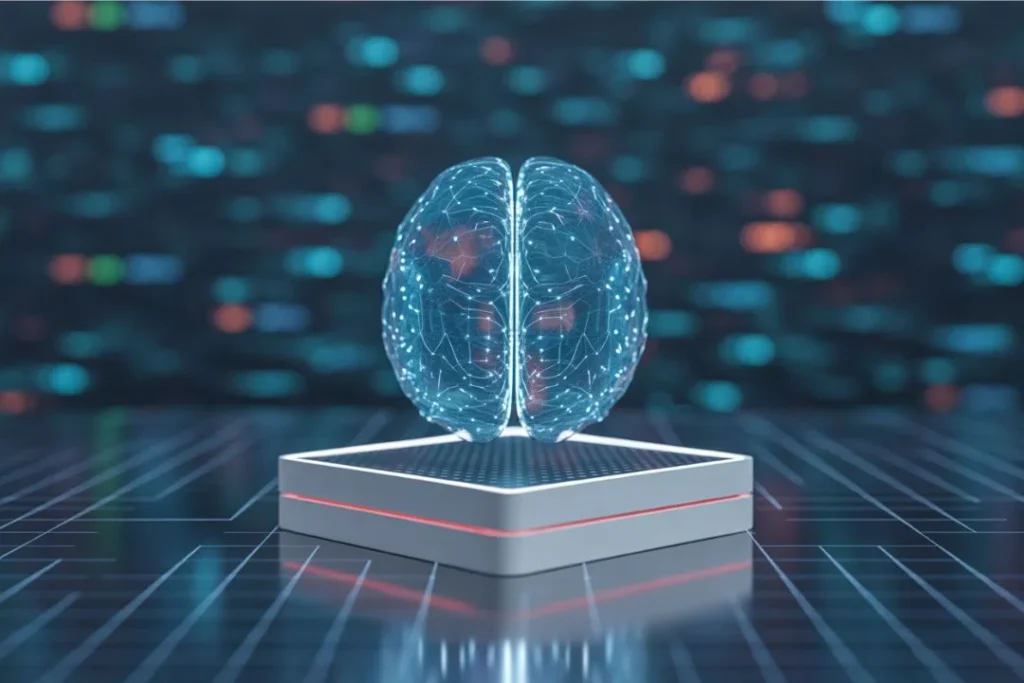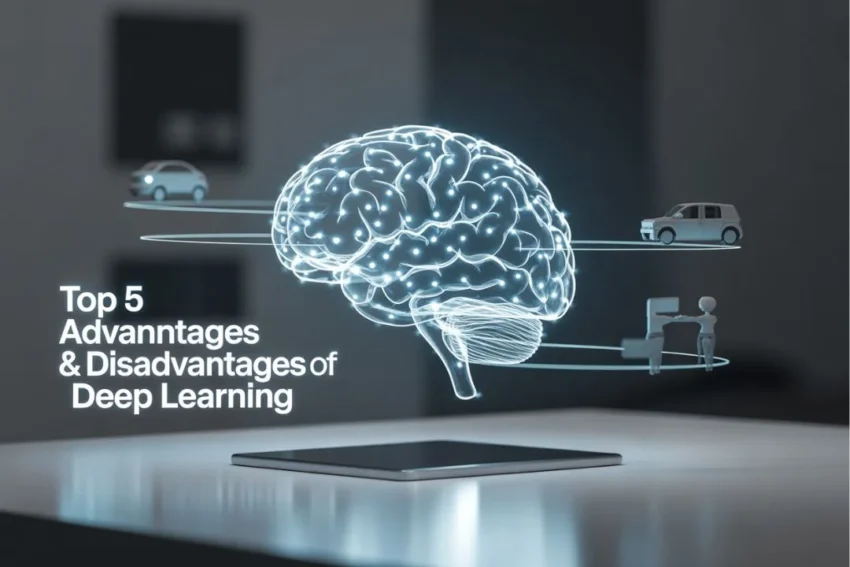What is Deep Learning?
Deep Learning is a subset of machine learning in artificial intelligence (AI) that mimics the workings of the human brain in processing data and creating patterns for use in decision-making. It is based on artificial neural networks, especially those using multiple layers.
Unlike traditional machine learning algorithms that rely on structured data and manual feature extraction, Deep Learning automatically discovers relevant patterns in large amounts of unstructured data such as images, audio, and text.
Keyword Note: Throughout this article, “Deep Learning” is used naturally to optimize for SEO without keyword stuffing.
How Deep Learning Works
Deep Learning uses a layered structure of algorithms called neural networks. These networks are inspired by the human brain and are designed to simulate how humans think and learn.
Neural Network Structure:
- Input Layer: Receives raw data (like pixels of an image or audio signals).
- Hidden Layers: Perform calculations and transformations using weights, biases, and activation functions.
- Output Layer: Produces predictions or classifications.
Each layer learns to detect features of the input data at different levels of abstraction. For example, in image recognition, the initial layers may identify edges or colors, while deeper layers recognize complex shapes or even entire objects.
Applications of Deep Learning
Deep Learning has become foundational across many modern technologies. Some of its key applications include:
Natural Language Processing (NLP)
Used in voice assistants like Siri, Google Assistant, and chatbots for understanding and generating human language.
Computer Vision
Deep Learning models can recognize faces, detect objects, and process video content.
Healthcare
Used for diagnosing diseases from X-rays, MRIs, and analyzing patient records.
Autonomous Vehicles
Self-driving cars rely on Deep Learning to detect lanes, pedestrians, and traffic signals.
Finance
Used for fraud detection, stock market predictions, and algorithmic trading.
Key Advantages of Deep Learning
Automated Feature Extraction
Unlike traditional models, Deep Learning algorithms can automatically discover the features needed for classification, reducing human intervention.
Handles Unstructured Data
Deep Learning excels at processing unstructured data like audio, video, text, and images, where conventional models often struggle.
State-of-the-Art Accuracy
In many tasks (like image recognition and speech translation), Deep Learning outperforms human-level accuracy.
Scalability
Deep Learning models can scale efficiently with large datasets, allowing them to improve with more data over time.
Real-Time Data Processing
Deep Learning systems can process and respond to data in real-time, essential for applications like autonomous driving and real-time translation.
Major Disadvantages of Deep Learning
Requires Large Amounts of Data
Deep Learning models often need massive datasets to train effectively, which may not be available for every task.
Computationally Expensive
They demand high-performance hardware like GPUs and large memory, making deployment costly.
Lack of Interpretability
Deep Learning models are often considered “black boxes” because it’s difficult to explain how they reach decisions.
Risk of Overfitting
Without proper tuning, models may memorize training data and fail to generalize to new data.
Bias in Data
If the training data contains biases, the Deep Learning model may inherit and amplify them, leading to unethical or inaccurate outcomes.
Frequently Asked Questions (FAQs)
Q1: What is the difference between Machine Learning and Deep Learning?
Machine Learning includes various algorithms (like decision trees, SVMs), while Deep Learning is a specialized type of machine learning using neural networks with many layers.
Q2: Is Deep Learning used in ChatGPT and other AI models?
Yes, models like ChatGPT are based on large-scale Deep Learning architectures such as transformers.
Q3: Do I need to know programming to learn Deep Learning?
Basic programming knowledge, especially in Python, is essential for working with Deep Learning libraries like TensorFlow or PyTorch.
Q4: What industries benefit most from Deep Learning?
Healthcare, finance, transportation, education, and entertainment are rapidly adopting Deep Learning for automation and prediction.
Q5: Is Deep Learning the future of AI?

Many experts believe Deep Learning will remain central to AI for the foreseeable future, though it may be integrated with other techniques for even more powerful systems.
Conclusion
Deep Learning is revolutionizing how machines interpret and interact with the world. From powering voice assistants to diagnosing diseases and driving autonomous vehicles, the applications are vast and growing.
While it offers unparalleled performance and automation, it also comes with significant challenges such as high data and resource requirements. However, as hardware becomes cheaper and data more accessible, Deep Learning will likely become even more deeply embedded in our daily lives.
